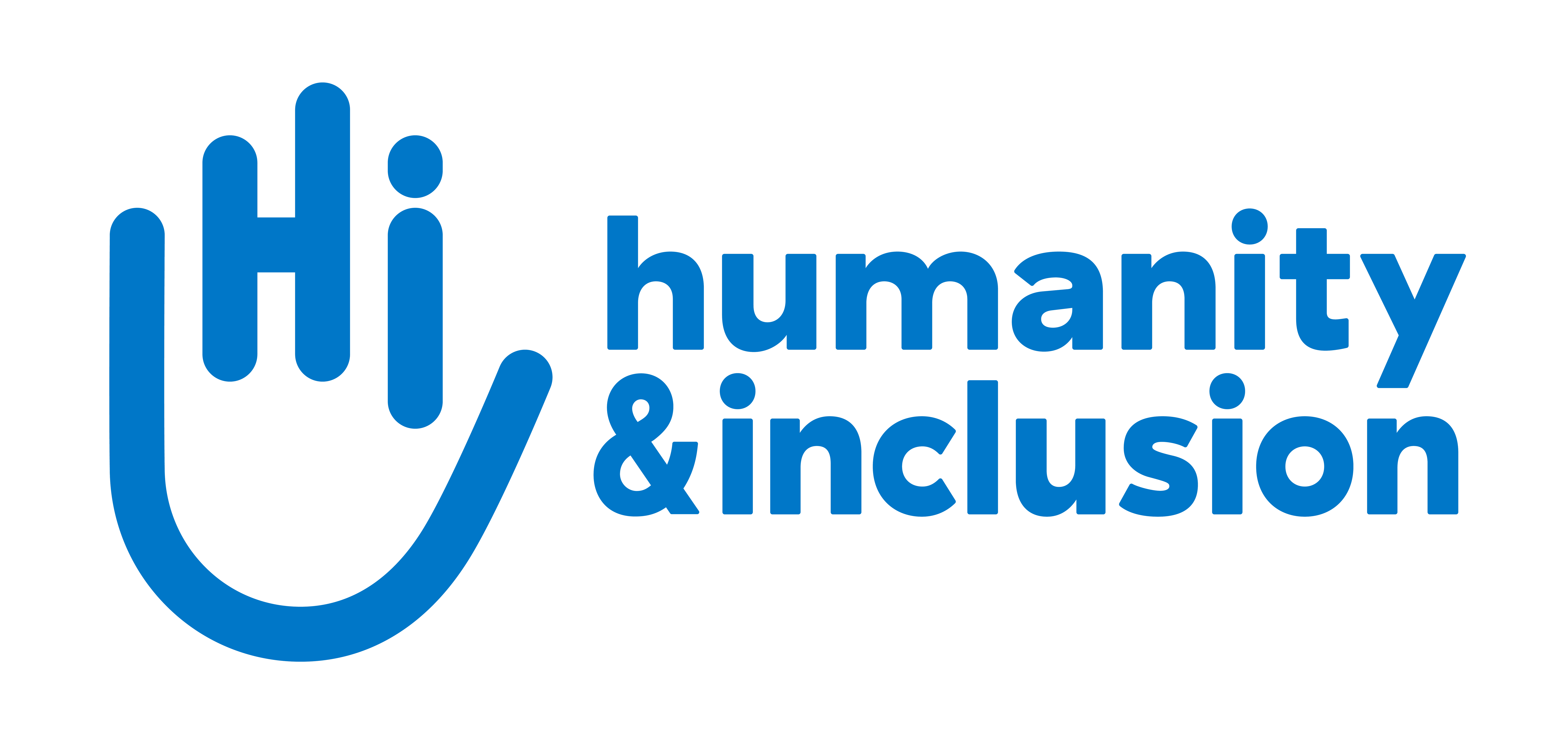HI supports the communities in northern Syria affected by the earthquake
Myriam Abord-Hugon, HI's program director in Syria, explains the situation and HI's actions.

HI Program Director for Syria Myriam Abord-Hugon | © M. Abord-Hugon / HI
What are the main injuries caused by an earthquake?
The most common injuries seen after an earthquake are fractures, amputations, open wounds or crush injuries. People may also suffer from psychological trauma, stress or anxiety due to the shock caused by the earthquake, the destruction caused and the loss of a loved one, etc.
What is HI doing?
We are able to provide immediate rehabilitation care for hospitalized patients and long-term follow-up for patients with multiple or complex injuries. HI specialists are based in hospitals, but our teams also participate in mobile units targeting communities and vulnerable groups who cannot access health services. These mobile units provide outpatient care.
HI also provides assisted mobility devices such as crutches, wheelchairs, and walkers for injured or disabled people.
Why is rehabilitation essential?
Rehabilitation is essential because it helps a person regain mobility, avoid complications and permanent disabilities.
What is the current situation in northern Syria?
The situation in northern Syria is already disastrous due to the ongoing 12-year war. Many people have been displaced by the conflict, have lost their property, and are currently facing a severe economic crisis that impoverishes the entire population.
Many hospitals and health centers have been destroyed or damaged by armed violence and bombings. The health system as a whole is severely disrupted and unable to cope with such an emergency. With the February 6th earthquake, thousands of people are now homeless, without electricity and clean water.
Is it difficult to intervene in such a context?
Intervening in a conflict and humanitarian crisis situation is always a challenge. The violence is persistent in the region; since Monday there have also been frequent aftershocks that continue to cause damage and deaths... This earthquake has revived fresh traumas in people's minds and deeply exacerbated the already very serious humanitarian crisis.





